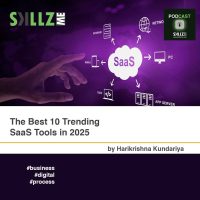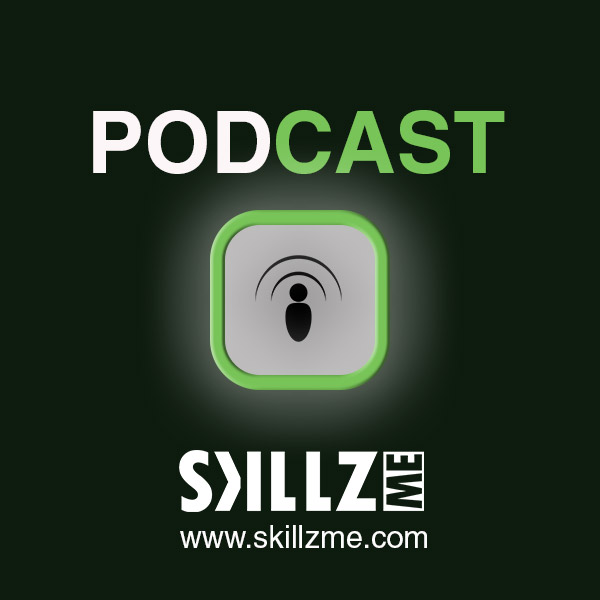
Email marketers know that once a campaign has been ideated, created, and sent, the job is still far from over. It’s time to measure your success and learn from the metrics populating your dashboard. Email Metrics are key to benchmark your success and improve your conversation.
I personally hear the message still from a lot of people. Is email not dead? No, it is one of the most successful ways of marketing with the highest conversation rate and highest return of investment. It should not be missed in any digital marketing strategy. But knowing more about how to be successful can help if you want to take it seriously.
One of the first email metrics you’ll see calculated is your open rate. It will drastically change at first, but once it stabilizes, you’re looking for a rate of roughly 29%. Keep in mind, however, that your open rate isn’t the best metric for evaluating campaign performance. It’s difficult to accurately measure.
Open rate is tracked in two ways, on an image loading in the recipient’s email client or by the recipient clicking a tracked link within the email. Even with its shortcomings, when the open rate increases, it indicates that your message is likely being read. That’s the first step to a successful email campaign.
Alongside your open rate, you’ll see your bounce rate populate.
Your email bounce rate should be at 2% or lower. A high bounce rate can affect your overall deliverability. If the email address doesn’t exist, it’s a hard bounce, this undeliverable email is reflected in your bounce rate.
In most email marketing platforms, after an email address hard bounces 3 times the system changes the status to undeliverable.
Undeliverable email addresses should be removed from your database. Your platform will generate a report of hard-bounced addresses.
Your goal is to reduce the frequency of bounced emails, use a clean email address list.
Now it is time for housekeeping, clean them up by finding the right new contact person in a company, or find out where the person moved on to. A clean list only has legitimate email addresses that opted into receiving your messages. Your bounce rate should go down. Cleaning your list reduces its size, but improves your metrics with more accurate data.
Your list is well maintained and members are engaged.
You can further improve your bounce rate by:
- Using a permission-based email list
- Having a consistent email schedule
- Being marked as a trusted sender – not spam
- Sending emails from a business domain address. Don’t use a free service like na**@****le.com or @live.com.
- Authenticating your domains
The primary goal of an email campaign is to entice your audience to click a link in your campaign.
Your click-through rate (CTR) is a better metric to monitor than your open rate. Your CTR measures the number of unique clicks in an email, divided by the number of emails successfully delivered.
The more relevant your message is to your audience, the higher your CTR.
Some marketers see high open rates but low click-through rates. This likely indicates the message sparks interest, but the internal content fell flat.
In Email Marketing, a healthy CTR is 5%.
That being said, as long as your click-through rate is higher than 2%, you’re doing well. You want this metric to be as high as possible. If your click-through rate is less than 1%, take steps to improve your list quality and email content.
This metric is influenced by three primary factors:
- Industry: Some industries make more frequent purchases than others.
- List quality: A clean email subscriber list will produce a better CTR than one that is poorly maintained.
- Seasonal trends: Customers are more inclined to buy things during certain time frames, such as the winter holiday season.
As your analytics populate, monitor your engagement and activity reporting.
Your email open rate gives you a general idea of how many people in your audience look at your email. Your click-through rate helps you learn what content resonates with your audience. It also shows you if the call-to-action button is working. Most importantly, your engagement and activity reporting gives you data on how your recipients engage with your email.
This report shares at least 5 important metrics.
Glanced or unread percentage: The email was open less than 2 seconds.
Skimmed percentage: It was open for 2-10 seconds.
Read percentage: The recipient had your email open for 10 seconds or longer.
Forward count: The recipient used the forward button in the email client rather than using a “forward to a friend” link.
• It’s important to note that forwarding to more than one recipient at a time only counts as 1 forward.
Print count: The recipient printed a hard copy of your email.
The print and forward counts may not be accurate, but they do give you a good estimation.
Use your email metrics to learn what valuable information your audience wants to receive from you. When you act on what you’ve learned from your email marketing analytics, you can improve your metrics and grow your audience’s loyalty.
The infographic and information were put together by Salesforce which explains in detail how to read your Email Metrics.



![Understanding the role of AI in Cyber Security [Infographic] hero-image-State-of-AI-Cybersecurity-2024](https://www.skillzme.com/wp-content/uploads/2024/11/hero-image-State-of-AI-Cybersecurity-2024-200x200.jpg)
![Super Bowl LIX in New Orleans 2025 [Infographic] hero-image-superbowl-2025](https://www.skillzme.com/wp-content/uploads/2025/02/hero-image-superbowl-2025-200x200.jpg)


Recent Comments